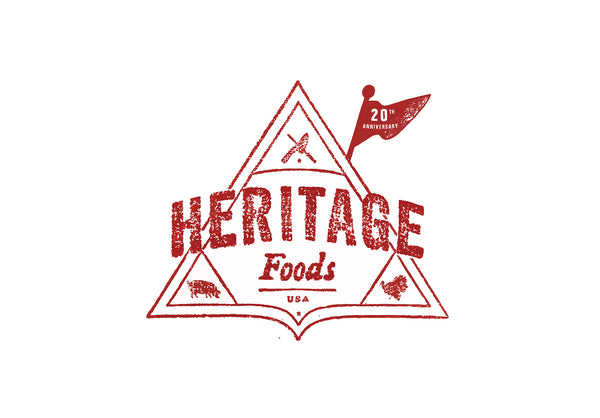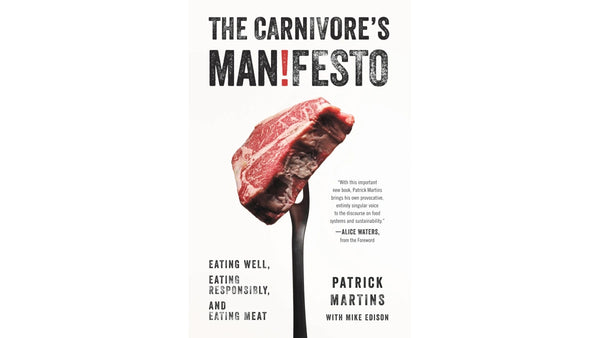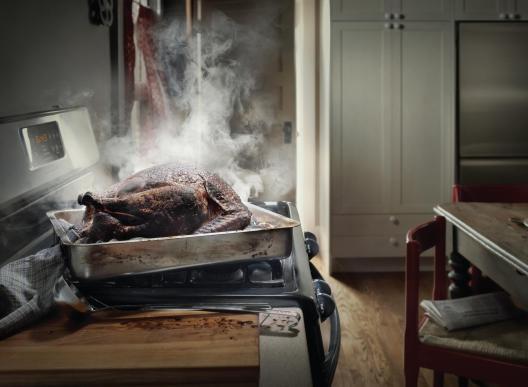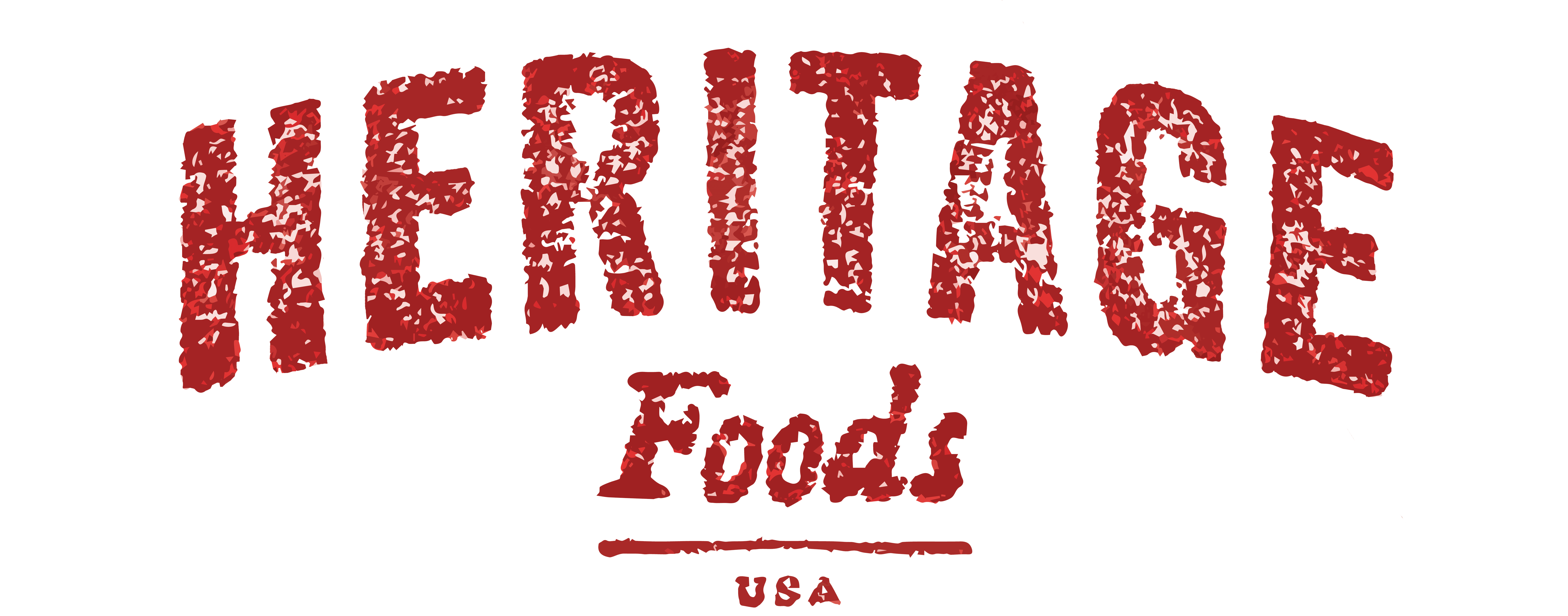
Every heritage foods meal is a special one, whether it’s for a big dinner party, a romantic dinner for two or just brunch with the kids. When we eat, especially when we eat meat, it’s important that we understand that we are undergoing an agricultural act, and also a moral one. Knowing where our food comes from is the first step to ensure that we are being good, clean and fair, but so is honoring mealtime. Here are some fun tips from the team here that come from years of throwing parties and events - we hope something in this entry is useful!

In winter, about the time when the first snow falls, my dinners feature American lamb and come from a breed that is covered in thick, dense wool. The lanolin from wool makes for bites that stand up to the cold harsh winds of the Atlantic. When temperatures dip below freezing and nothing grows, the only winged creatures that I crave are the ones that can stand up to the harsh weather conditions– red meat waterfowl. Plumage protects ducks and geese right up to the moment the lakes and ponds freeze over. Duck and goose meat is the dark chocolate of the protein world.

This recipe works well for all waterfowl, geese included! Ducks and Geese are both red-meat birds. So while the USDA recommends a final temperature of 165° F for both duck and goose, we agree with our network of chefs who believe their rich breast meat is best served medium-rare, or 145 ° F.

Preparing the perfect goose is easier then you think! Ducks and Geese are both red-meat birds, and while the USDA recommends a final temperature of 165°F for both duck and goose, we agree with our network of chefs who believe their rich breast meat is best served medium-rare, or 145°F.

Thanksgiving! There's no other meal so rewarding yet so anxiety ridden then this once yearly feast. Your heritage turkey is going to be the star of Thanksgiving dinner. Protect your investment and your reputation this year by avoiding these 6 Common Thanksgiving Turkey mistakes! The post 6 Common Thanksgiving Turkey Mistakes appeared first on HERITAGE FOODS USA.
© 2025, Heritage Foods Powered by Shopify
